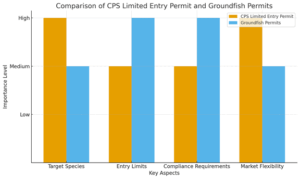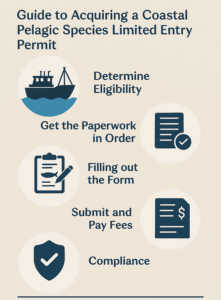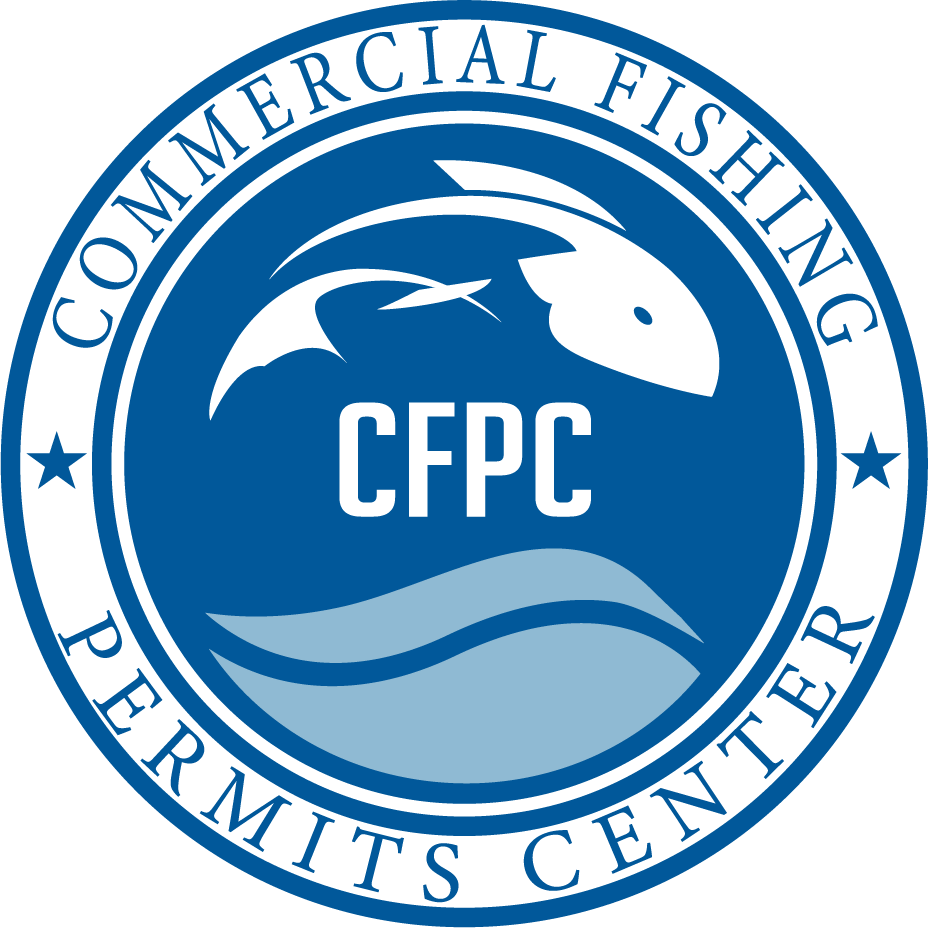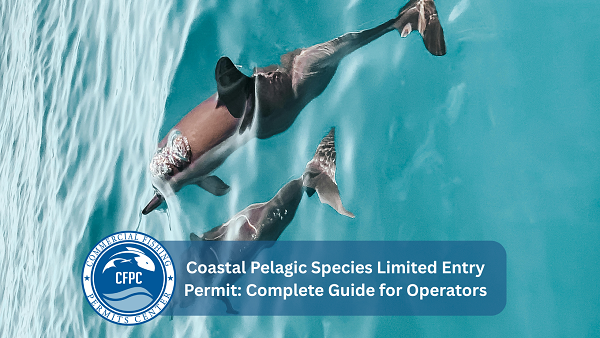The fish industry on the west coast of the United States has always been notorious for the high level of control that is implemented. These kinds of programs, which are executed by the different fisheries, serve the purpose to maintain sustainability although they still allow the local fishing communities to flourish. One such measure is the requirement of the Coastal Pelagic Species Limited Entry Permit which is compulsory for those who want to harvest small school fish like sardines, mackerel, and anchovies.
This permit system is instrumental in integrating the economic potential with the protection of nature. Without a Coastal Pelagic Species Limited Entry Permit, operators would not be allowed to participate in commercial fisheries targeting these resources in a legal way. By obtaining one, fishermen not only get regulated access to the stocks of high value but also contribute to the conservation of nature for the future.
Understanding the Coastal Pelagic Species Limited Entry Permit
The Coastal Pelagic Species Limited Entry Permit is a method endorsed by the National Marine Fisheries Service to regulate or oversee the West Coast pelagic fishery, USA, through the limitation of that specific fishery.
Purpose of the Permit
- To provide for the continuation of harvest of pelagic stocks at sustainable levels.
- Limit entry into the fishery to prevent overcapacity.
- Protect marine ecosystems and dependent species.
- Support stability for fishing communities and processors.
Target Species
The permit applies to key pelagic species such as:
- Pacific sardine
- Pacific mackerel
- Northern anchovy
- Market squid
| Feature | Description | Impact on Operators |
|---|---|---|
| Target Species | Sardine, mackerel, anchovy, squid | Defines legal fishing activities |
| Entry Limitation | Restricts number of active permits | Prevents overfishing |
| Geographic Scope | U.S. West Coast (California, Oregon, Washington) | Sets operational boundaries |
| Renewal Requirements | Annual renewal and compliance reporting | Maintains eligibility |
This framework ensures long-term sustainability while providing structured access to valuable fisheries.
Compliance and Legal Aspects
In order to keep their Coastal Pelagic Species Limited Entry Permit, operators must satisfy rigorous compliance conditions.
Monitoring and Reporting
First of all, logbooks should be maintained by the vessel operators and they are to submit the data to NMFS. Apart from this, electronic monitoring systems can be made mandatory in some fisheries.
Transferability of Permits
Under certain conditions and with the consent of NMFS, one qualified holder may transfer CPS Limited Entry Permits to another. This process gives the market more freedom while still maintaining capacity limits.
Renewal and Validity
These permits are valid for one-year period and must be renewed every year. Not keeping up with the renewal obligations and deadlines may result in loss of fishing privileges.
Penalties for Non-Compliance
If an entity fails to meet their reporting, monitoring, or renewal obligations, they will face a fine and, apart from that, their permit may be suspended or even revoked.
Comparing CPS Limited Entry Permits with Other Fishing Authorizations
The West Coast fishery permits emphasize a variety of features that the CPS Limited Entry Permit are unique.
CPS Permit vs. Groundfish Permits
Groundfish permits manage the fish that live at the sea bottom such as sole and cod, while CPS permits refer to pelagic fish that live in schools. Groundfish fisheries usually need co-op operations, while CPS permits are more aimed at restricting the number of vessels and controlling the harvest.

- CPS permits: High focus on species & flexibility.
- Groundfish permits: High focus on entry & compliance.
- CPS = more flexible, Groundfish = more regulated.

Guide to Acquiring a Coastal Pelagic Species Limited Entry Permit
Filing a CPS Limited Entry Permit application is a process that requires the right mindset and the correct information.
Determine Eligibility
Ownership of the vessel, its abilities, and the history of participation in CPS fisheries are the first checks to be conducted.
Get the Paperwork in Order
Documents of vessels’ certificates, ownership, and compliance to rules should be gathered.
Filling out the Form
Information about the vessel, desired catch, and fishing activity should be included.
Submit and Pay Fees
The application with the corresponding fees are to be handed over to NMFS before the deadline.
Compliance
This is the time to follow the rules through observance of accurate reporting, having a valid permit, and following the regulations issued by the authority.
Why the Coastal Pelagic Species Limited Entry Permit Matters
The Coastal Pelagic Species Limited Entry Permit is the major tool of the sustainable management of the fishery on the U.S. West Coast. Through limiting entry, demanding detailed reporting, and requiring annual renewals, the permit tries to give a warm welcome to economic activities while conserving nature.
For an operator, getting this permit and keeping it is the first step to going to the fish legally. Moreover, the permit is not only about conformity but also serves as a pledge for the fishery’s long-term viability. In addition, Commercial Fishing Permits Center supports the stability of markets, while also ensuring justice in the distribution of rights.
Fishermen, by meticulous application, observance of reporting obligations, and consistent renewal, can not only secure their business but also safeguard marine resources.


No Comments
Be the first to start a conversation